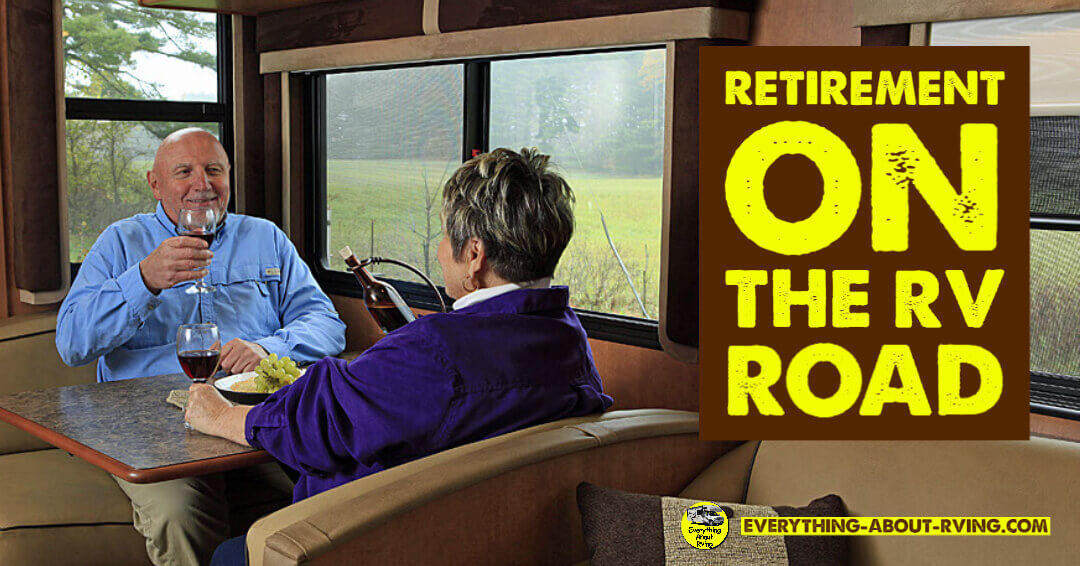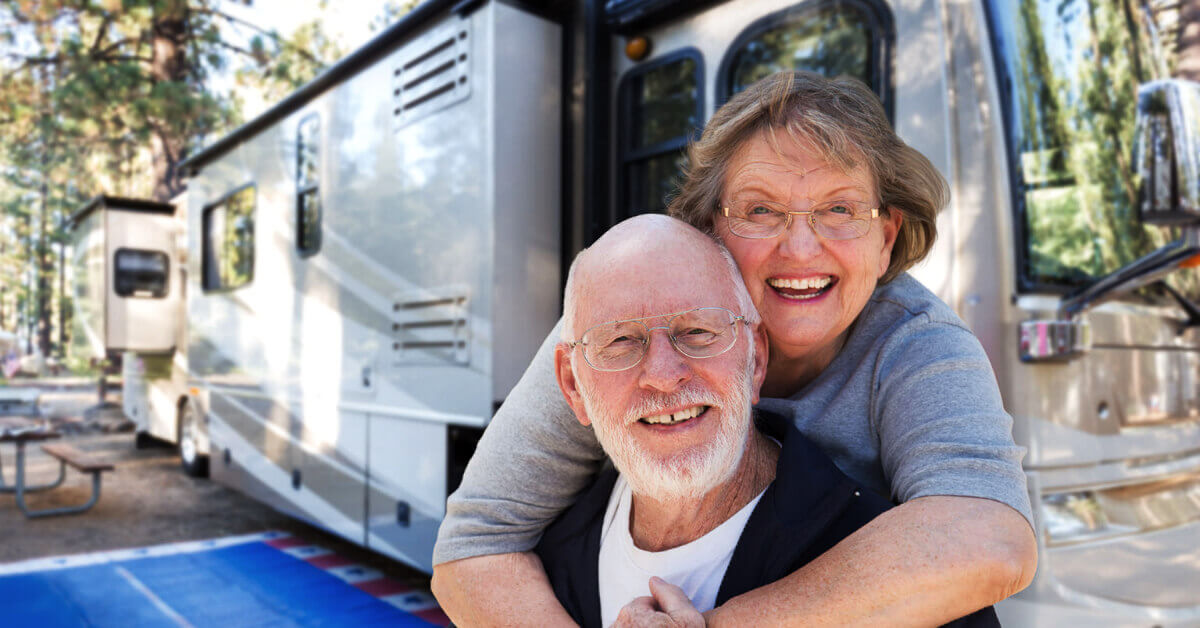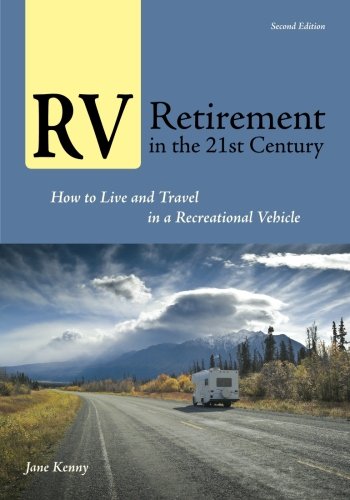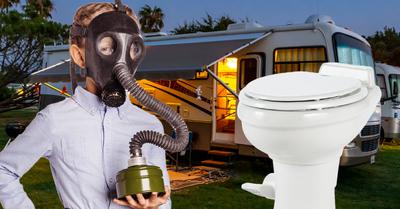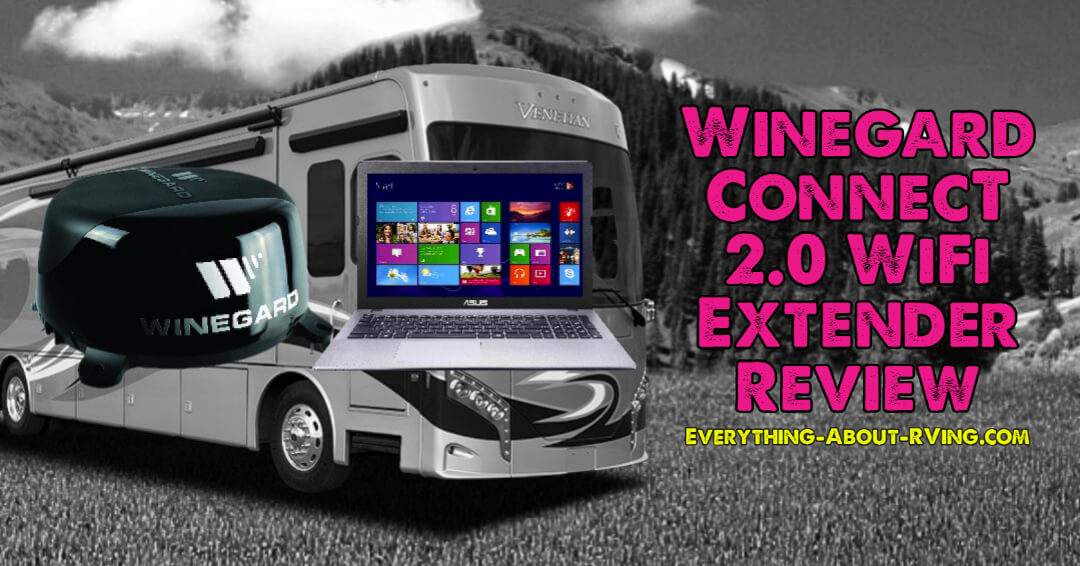- Home Page
- RVing Tips & Tricks
- Retirement
Retirement On the RV Road
By Jane Kenny
Author of
RV
Retirement in the 21st Century
Many Americans that retire have decided to do it in an RV because it’s fun and affordable
Many Americans who want to travel the country during their retirement have decided to do it in an RV because it’s fun and affordable. And the retirees who are full-time RVers (with no stationary home) are adding to their already-established nest egg savings while they’re out there having fun.
Every individual retirement financial situation is unique, based on estimated fixed income and the value of the nest egg. Planning is the key, so it’s important to work your numbers! Monthly expenses for full-time RVing fall well below the average retiree’s fixed income, without having to draw on the nest egg. When this is the case, full-time RVing can be comfortably affordable.
How is it done? Transition plans vary, but the goal is to: First, sell the house and all the replaceable “stuff” in it and put most of the proceeds into the nest egg. Then, buy a home on wheels and set out to see the country on the “vacation of a lifetime.”
Here are some basic facts to consider
1. The home: Expenses to own & operate a” house on wheels” are a lot less than the cost of real estate taxes, maintenance, and utilities on a fixed residence.
2. On the road: Combined expenses of camping fees and fuel are still less than the cost of hotels plus fuel for a car. Overall, it’s a more affordable mode of travel than trains, planes, taxis, hotels, and constant restaurant meals.
3. Comfort: Wherever you go, you’re home…sleep in your own bed, enjoy home-cooked meals from your own kitchen and you’re sure the bathroom is clean. As a bonus, is dog is with you all the time.
4. Frugal lifestyle: Living within a fixed income budget is easy and healthy in an RV, where you get to spend more time in the great outdoors and discover that the best things in life are free.
5. Convenience: Full-time RV traveling is a vacation without the hassle of schlepping suitcases, airport screenings & delays, rental cars and, oops I forgot my toothbrush.
6. Ultimate Freedom: Set your own itinerary, go when & where you want and stay as long as you want. Adventurous travelers gain an incredible sense of freedom from being in the driver’s seat, literally and figuratively.
7. Stay put for a while: Rent a site at a snowbird RV park in the Sun Belt for the six-month winter season. Kick back and relax by the pool, play some golf or tennis and enjoy the all-inclusive activities with your fellow retirees. It’s the most cost-effective way to winter in the South.
8. Jobs on the road: Retirees who are still working at home, thanks to computer technology, can set up a home office in the RV. Others can find temporary employment to meet their skill set even while moving around the country.
9. Best years of your life: Traveling in an RV is slow and relaxing. It’s good for older Americans…after all, we’re retired and we’re not in any hurry.
10. Tired of being a vagabond? If that happens, start shopping for where you want to live when you hang up the keys. Thanks to the nest egg you funded when you sold your last house, the next house is in the bank.
About The Author
Jane Kenny is the author RV Retirement in the 21st Century , a “how-to” book for using an RV to enhance your retirement. From: Roundabout Publications: order at TravelBooksUSA.com or 800-455-2207. Also at Amazon.com .
Recent Articles
-
Everything About RVing
Everything About RVing will give you Ultimate tips, expert advice, and essential guides for unforgettable adventures on the open road. -
Citation camper
Hi I have a citation camper that I got at a auction with no title I believe the camper is in the 1990's an I live in upstate NY but not sure I have two -
Turkey Salad Sandwiches
EDITOR'S NOTE: This Recipe was submitted on the Favorite Camping Recipes Page Once you have finished diving into this Thanksgiving Leftover Recipe, you -
Eliminating RV Sewage Smell
This story was submitted on our RVing Tips and Tricks Page I'm a professional motorcoach driver. (Tour bus) We do use the blue enzyme packets. Although -
Winegard ConnecT 2 WiFi Extender Review
Does the Winegard ConnecT 2 WiFi Extender really work? Read our Winegard ConnecT 2 WiFi Extender Review to find out what happened when we tested it
